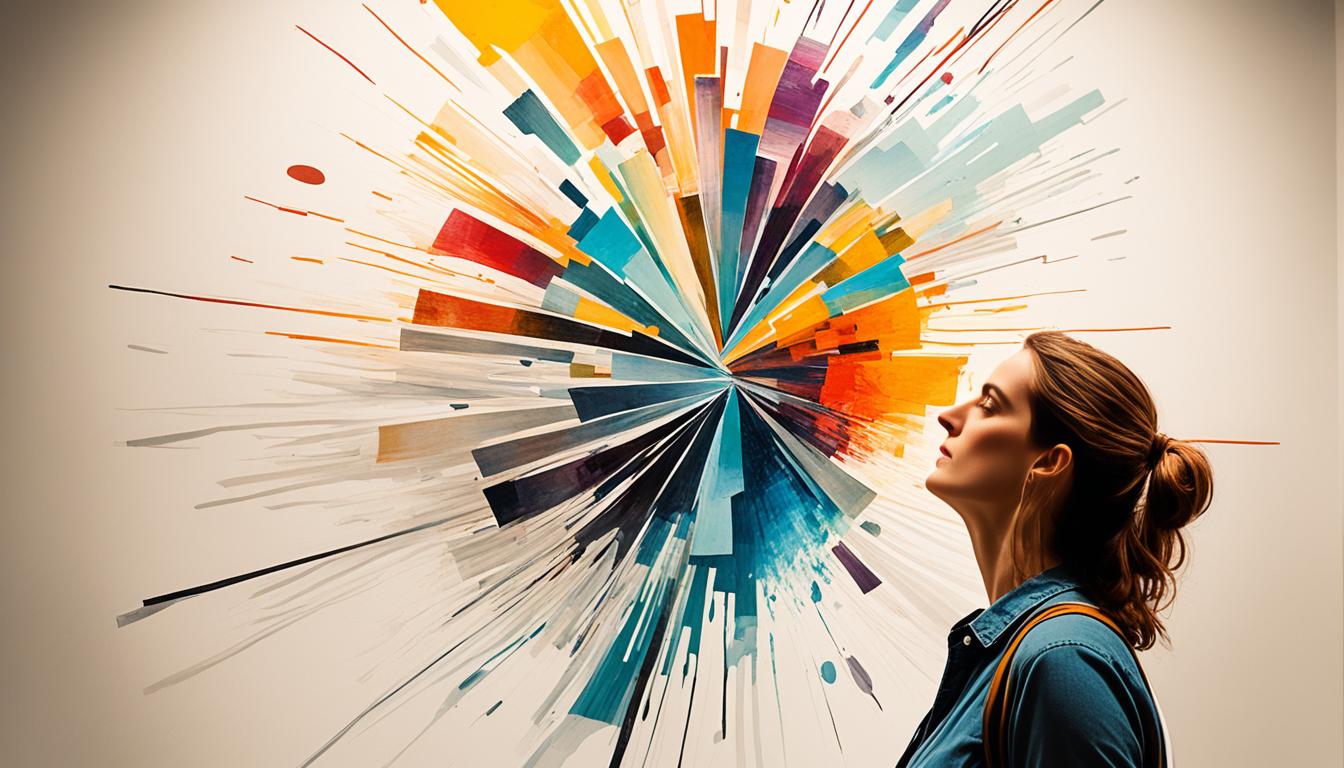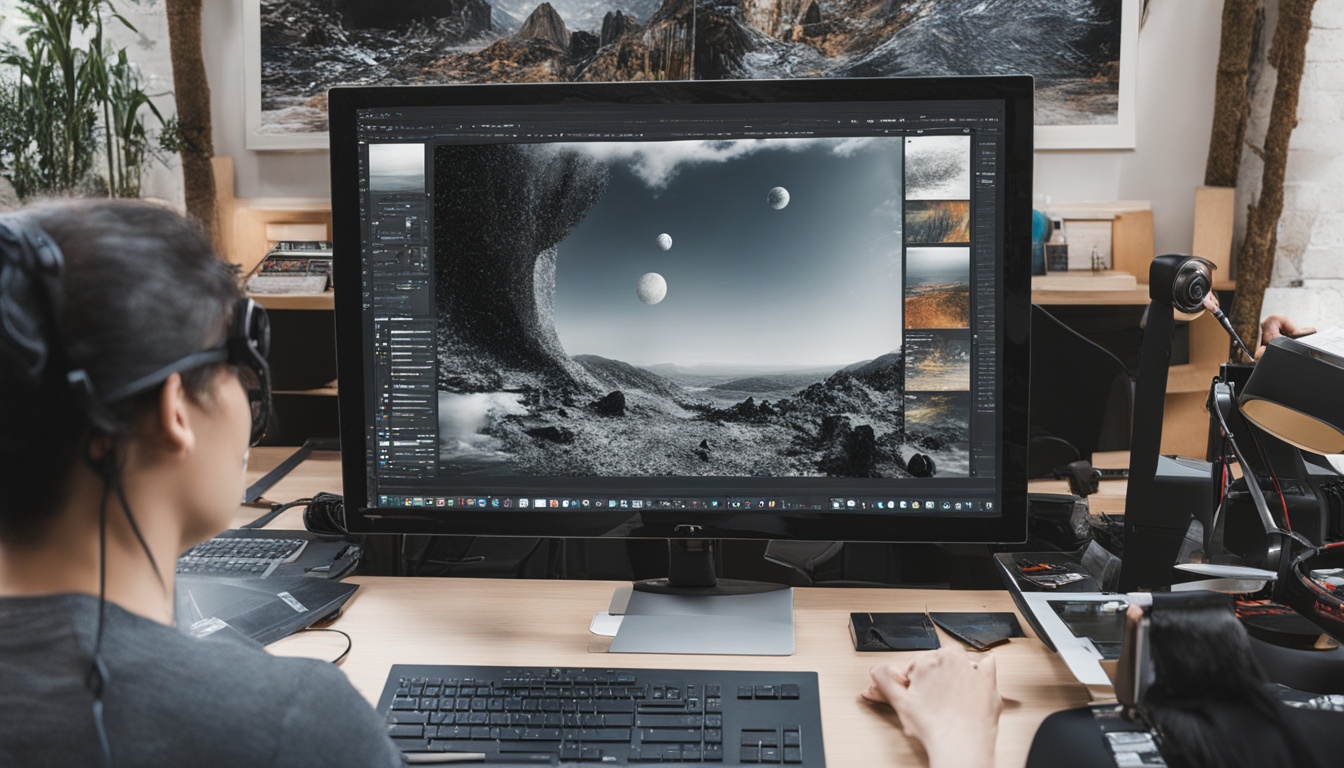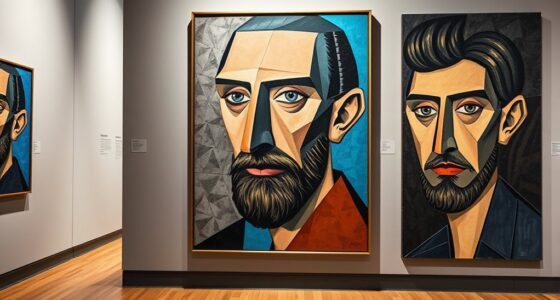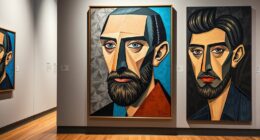When you walk into an art museum, do you ever find yourself standing in front of a painting, feeling an inexplicable connection, yet unsure of its backstory or significance? You are not alone. Many of us have felt the magnetic pull of art, yet understanding it often feels like trying to catch smoke with your bare hands. The beauty of mastering art appreciation lies not just in recognizing colors and shapes, but in unraveling the rich narratives and profound emotions woven into each piece. With the right study techniques, you can transform your experience from mere observation to profound understanding. This article will provide you with essential art history study tips and effective study techniques to enhance your appreciation for art on a deeper level, setting you on a journey toward mastery in this captivating field.
Key Takeaways
- Effective study techniques can deepen your understanding of art.
- Mastering art appreciation enhances your personal connection to artwork.
- Breaking down complex topics into manageable parts helps with retention.
- Active participation in discussions enriches your learning experience.
- Creating an effective study schedule can lead to successful outcomes.
- Engaging with art history inspires insight into cultural contexts.
- Visual aids can significantly boost your comprehension of art concepts.
Understanding the Importance of Art Appreciation
Art appreciation serves as a vital link to understanding the intricate tapestry of our culture and history. By engaging in appreciating artistic styles, you not only enhance your personal experience but also contribute to a larger conversation about the significance of art in shaping human emotions and societal narratives. This process invites individuals to explore not just the aesthetic value of art, but the profound emotional connections and narratives embedded within each piece.
Participating in art appreciation classes, such as the Art Appreciation course by StraighterLine, introduces you to various visual mediums. These courses often cover essential topics, including Living with Art and Principles of Design. Such education allows students to delve into periods of art history, from ancient Mediterranean communities to contemporary expressions around the globe. You’ll gain tools to analyze and articulate your thoughts on artworks, nurturing an ability to discuss and appreciate the diverse visual culture that surrounds us.
The Rand Corporation’s report emphasizes how engaging with visual arts can transform perceptions and deepen connections with our world. Art becomes more than a mere visual experience; it resonates with our inner lives, providing a voice to emotions that often remain unspoken. By understanding these dynamics, you will appreciate the significance of art in facilitating thoughtful dialogue and diverse perspectives.
As you explore this path of appreciation, remember that art is a dynamic tool. It encourages you to uncover hidden meanings and champion a deeper understanding of cultural heritage, promoting a richer engagement with your surroundings. This interaction not only fosters personal growth but enriches societal comprehension as well.

What Is Art History?
Art history encompasses the study of visual arts through various historical and cultural lenses. This field integrates the examination of art objects, their contexts, and the dialogues they create over time. Recognizing the cultural context of art helps you understand how different civilizations have expressed their values and beliefs through visual mediums.
Definition and Scope
The definition of art history includes a wide array of topics, stretching from prehistoric cave art to the intricate works of the Renaissance. You explore major artistic movements and the cultural contexts that shaped them. This expansive scope allows you to appreciate the technical, social, and emotional aspects of artworks. Each piece not only reflects the artist’s intentions but is also deeply rooted in the beliefs and practices of its time.
Why Studying Art History Matters
Understanding art history is essential for grasping the significance of studying art history itself. It is not merely about memorizing dates or names; rather, it involves seeing how art informs and influences society across different eras. For instance, knowledge of how industrialization and modern science impacted artistic expression reveals the interconnectedness of culture and creativity. Recognizing these influences enhances your appreciation for the evolving landscape of art.

Creating a Productive Study Environment
Setting up a conducive study environment is essential for mastering art appreciation. Your surroundings can greatly influence how well you absorb information, so establishing an effective study space is paramount. A dedicated workspace helps you focus and signals to your brain that it’s time to engage with the material. Eliminating interruptions will foster a more immersive learning experience.
Dedicated Workspace
Creating a designated area for your studies helps in establishing a routine. This space should be organized, well-lit, and equipped with all necessary materials. Whether it’s a quiet corner in your home or a study room on campus, your study environment should invite you to concentrate. The ideal setup includes:
- A comfortable chair and desk
- All required art supplies easily accessible
- Good lighting to reduce eye strain
- A pinboard for important reminders and visuals
Minimizing Distractions
Minimizing distractions is critical in achieving focus. Tools and strategies can help you maintain your attention. Consider using noise-cancellation headphones to block out ambient sounds, enabling a serene study atmosphere. Additionally, various apps can help you stay organized and remind you to take breaks. Here are some methods to reduce distractions:
- Keep your phone on silent or in another room
- Limit social media use during study sessions
- Set specific times for checking emails
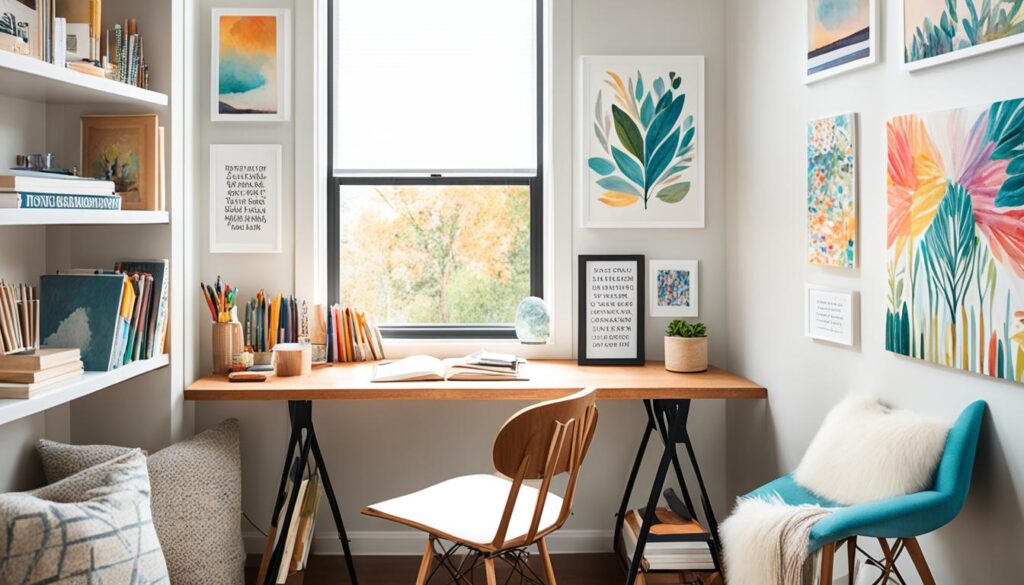
How to Study for Art Appreciation
Incorporating effective study techniques into your routine can significantly enhance your understanding of art appreciation. Establishing strong study habits is the foundation for a successful learning experience. By combining various methods, you can create a dynamic and engaging environment that promotes art knowledge.
Developing Effective Study Habits
First, focus on setting a structured study routine. Create a schedule that dedicates specific times each week for studying art. Prioritize active reading strategies, which engage your working memory. Strategies may include:
- Taking notes during your reading sessions
- Underlining essential concepts or keywords
- Creating flashcards for key terms and artists
- Writing practice test questions to facilitate review
- Using diagrams and charts to visually represent art history
Visual aids play a critical role in your art studies. You might find artwork more memorable when paired with photographs or quality images in your study materials. Analyzing artworks by focusing on one artist at a time can deepen your understanding of differing styles and influences.
Utilizing Visual Aids
Visual aids are indispensable when learning art appreciation. These resources help translate complex art concepts into understandable formats. Consider incorporating:
- Mind maps to connect various art movements and their significance
- Charts that illustrate the evolution of particular styles
- Diagrams highlighting elements like linear perspective or halo depictions
These aids not only enhance comprehension but also cater to different learning styles. Online resources, including podcasts and YouTube videos, can further complement your study sessions and provide varying perspectives on art. Engaging with these tools leads to a richer appreciation of notable artworks and the cultural contexts surrounding them.

| Study Technique | Description | Benefits |
|---|---|---|
| Active Reading | Engagement with the text through notes and underlining. | Improved retention of information. |
| Visual Aids | Using mind maps and diagrams to visualize concepts. | Enhanced understanding of complex elements. |
| Flashcards | Creating cards for key terms and definitions. | Quick revision and reinforcement of vocabulary. |
| Discussion Groups | Engaging with peers to discuss artworks. | Diverse insights and deeper analysis. |
Time Management Strategies for Art Students
For art students, mastering time management can significantly enhance academic success while ensuring personal well-being. Implementing effective time management strategies helps you navigate the challenges of balancing study and leisure, ultimately leading to a structured schedule that promotes productivity and creativity.
Structured Scheduling
Creating a structured schedule is essential for success in art studies. An organized timetable allows you to allocate specific time blocks for coursework, projects, and personal commitments. Consider the following strategies:
- Set SMART goals: Define your goals as Specific, Measurable, Achievable, Relevant, and Time-bound to ensure clarity and focus.
- Utilize digital tools: Applications like Todoist, Trello, and Google Calendar can help you keep track of assignments and deadlines.
- Establish dedicated study times: Designate specific hours exclusively for art appreciation and related coursework, allowing for deep concentration without distractions.
- Prioritize tasks: Break down large projects into manageable tasks and prioritize them based on deadlines and importance.
Incorporating Breaks
Regular breaks are vital as they help refresh your mind. Techniques such as the Pomodoro Technique can enhance your focus and productivity. This method encourages you to work in focused bursts of 25 minutes followed by a 5-minute break. These intervals not only aid in maintaining high concentration levels but also contribute to better retention of information. Remember to incorporate relaxing activities during your breaks, which can include:
- Taking a walk to clear your mind.
- Engaging in breathing exercises or stretching.
- Listening to music that inspires creativity.

Active Engagement in Online Discussions
Active engagement in online discussions is essential for deepening your understanding of art appreciation. Participating in forums and engaging with art communities allow you to share insights, ask questions, and explore diverse perspectives. Taking part in these online discussions can greatly enhance your learning experience.
Participating in Forums
Joining art-focused forums provides a platform for meaningful dialogue. These spaces encourage you to integrate, apply, and think critically about art topics. By contributing to discussions, you not only reinforce your ideas but also challenge your viewpoints. This collaborative process nurtures critical thinking skills and fosters a richer understanding of art appreciation.
Collaborating with Peers
Peer collaboration is a vital component of your art education. Engaging with your peers allows for a robust exchange of ideas, which can be beneficial, particularly when navigating complex subjects such as race, class, and politics within art. Establishing ground rules for respectful dialogue can create a safe space for discussions, encouraging everyone to participate. Techniques such as Reflective Structured Dialogue and Mapping Exercises can invite multiple perspectives, enhancing your collaborative experience.

Active participation in online discussions not only supports your personal growth but also builds a sense of community among learners. By immersing yourself in peer collaboration and engaging with established art communities, you enrich your studies and develop a deeper appreciation for art history.
| Benefits of Online Discussions | Challenges in Discussions |
|---|---|
| Enhances critical thinking skills | Can provoke anxiety in sensitive topics |
| Encourages diverse perspectives | Difficulty in establishing ground rules |
| Builds a supportive community | Resistance to moving beyond lecture-based learning |
| Aids in better comprehension of art concepts | Challenges in peer acceptance of innovative methods |
Exploring Art Movements and Styles
Understanding art movements provides valuable insights into the evolution of artistic expressions influenced by the cultural and historical contexts of their time. Each movement reflects unique societal shifts and ideals, shaping how you appreciate and interpret major art styles.
Overview of Major Art Movements
- Renaissance (1350-1620): Marked a revival of classical learning and wisdom, encompassing advancements in techniques and perspectives.
- Baroque: Characterized by grandeur, emotion, and contrast, this style often depicted dramatic scenes and enhanced religious fervor.
- Romanticism: Arising from the industrial revolution, artists like J.M.W. Turner focused on emotional expression and the beauty of nature.
- Realism: Captured the everyday life and struggles of ordinary people, prioritizing accuracy and authenticity in portrayals.
- Impressionism: This movement celebrated light and movement, showcasing scenes with visible brushstrokes and a sense of immediacy.
- Fauvism: With bold, non-naturalistic colors, this style emphasized spontaneity and emotional resonance.
- Abstract Art: This form challenged traditional representation, focusing more on color, shape, and line without specific objects.
Understanding Cultural Contexts
The cultural influence on art plays a crucial role in shaping major styles. Artists often react to their environments, societal norms, and technological advancements, leaving an indelible mark on their creations. For instance, the rise of modernism reflected the rapid changes of the early 20th century, while movements like Dadaism and Surrealism expressed the chaos and absurdity following World War I.
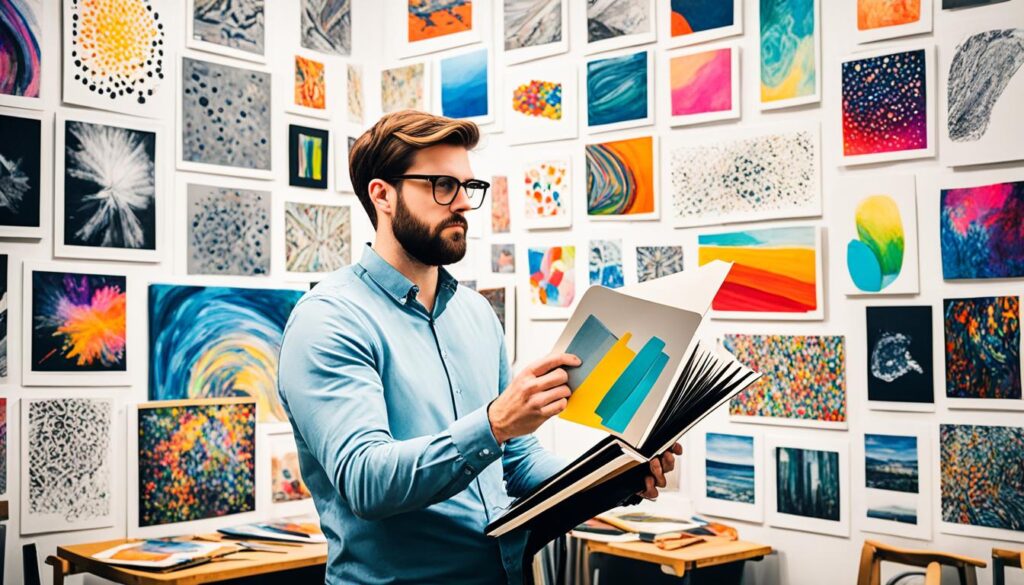
Analyzing Artworks: Techniques and Tips
When approaching the task of analyzing artworks, you enhance your visual literacy, allowing for a deeper understanding of artistic intentions. By employing various art criticism techniques, you can engage more profoundly with the elements that compose a piece of art. Understanding how to critique artworks not only enriches your own appreciation but also improves your analytical skills.
Visual Literacy Development
Developing your visual literacy is crucial in the process of analyzing artworks. This skill involves interpreting and making meaning from visual forms, which can include a broad range of media such as paintings, photography, sculpture, and beyond. To sharpen your visual literacy, consider asking yourself questions like:
- What are the primary colors utilized, and how do they affect the mood?
- What shapes and lines are prominent, and how do they guide your gaze?
- How does the composition contribute to the overall impact of the artwork?
Utilizing these queries helps build a framework for your analysis and encourages a thoughtful approach that goes beyond mere description. Art techniques such as sketching and diagramming can aid in effectively communicating your visual analysis.
Art Criticism Techniques
Engaging in art criticism involves applying structured techniques to evaluate artworks critically. You should focus on a balanced critique that assesses elements such as:
- Subject Matter: What is depicted? What themes and narratives are explored?
- Composition: How are visual elements arranged? What principles of design are evident?
- Context: What historical or cultural backgrounds inform the work?
- Personal Interpretation: What does this piece mean to you? How does it resonate with contemporary issues?
By integrating these aspects into your analysis, you move towards a richer understanding of the work and its significance. Always provide evidence and justification for your interpretations to bolster the credibility of your insights.

Visiting Art Museums: Strategies for Success
Planning a visit to an art museum can make a significant difference in how much you gain from the experience. Taking time to prepare allows you to have successful museum visits filled with insight and enjoyment. Understanding what to expect not only enhances your experience but also encourages a deeper appreciation for art galleries and the artwork displayed within them.
Planning Your Art Museum Visit
Before heading to the museum, consider these planning tips:
- Know the layout: Familiarize yourself with the museum’s layout through maps or online resources.
- Create a list: Identify specific artworks or exhibitions you want to see.
- Schedule time: Allocate ample time for each section to avoid feeling rushed, which can detract from engaging with artwork.
- Check for guided tours: Take advantage of available guided tours to gain insights from knowledgeable guides.
- Consider timing: Visit during off-peak hours for a more intimate experience with the artworks.
Engaging with Gallery Staff
Interacting with gallery staff can significantly enhance your museum experience. Here are some ways to engage:
- Ask questions: Inquire about specific artworks or artists to gain deeper insights.
- Request recommendations: Staff can suggest lesser-known pieces that may not be highlighted in your research.
- Participate in workshops: Look for opportunities to join educational programs offered by the museum.
- Provide feedback: Share your thoughts with staff to help improve future visitor experiences.
Successful museum visits can often result from the knowledge and engagement fostered before and during your time at an art gallery. Approaching your visit with preparation and curiosity transforms the way you interact with artwork. Make the most of your time in these impressive cultural spaces to cultivate your appreciation for art and enrich your personal experiences.

Utilizing Online Resources and Tools
Exploring digital resources for art appreciation significantly enhances your journey into the world of art. Various online art platforms can provide essential educational tools that make the learning experience more interactive and engaging.
For instance, SFMOMA’s ArtThink site, launched in 2007, serves as an excellent model of how digital tools foster art education. Supported by a generous half a million dollar grant from the Institute of Museum and Library Services, ArtThink offers ample curricula tailored for teachers across a variety of subjects, including visual and language arts, history, and social studies. Over 500 teachers have actively engaged in training sessions related to this platform since its inception.
Through ArtThink, users can develop engaging multimedia projects such as portfolios and Flash presentations. Utilizing a computer and high-speed internet connection is essential for access to its interactive programs, delivering in-depth engagement with significant twentieth- and twenty-first-century art and artists.
Additionally, the National Gallery of Art provides an impressive array of free learning resources suitable for audiences of all ages. They present:
- 50 video tours aimed at children aged 4–18, allowing exploration of various artistic themes.
- The “An Eye for Art” resource, introducing children aged 5–12 to more than 50 renowned artists and their work.
- 15 thematic modules designed for K–12 educators, investigating the complex narrative of American art.
- Creative lessons for grades 3 to 5, connecting art with subjects like writing, math, and history.
- Online conversation starters to help ages 4–18 engage with art and foster discussions.
- Innovative resources addressing the transatlantic slave trade and its implications, particularly for ages 14–18.
- Videos showcasing contemporary artists and their techniques, targeted at ages 10–14.
- Interactive art creation tools for children aged 5 and up to explore their creativity using brushes and palettes inspired by famous artists.
These educational tools and resources not only provide knowledge but also promote collaboration and creativity among all age groups. Leveraging such online art platforms offers a path to deeper understanding and appreciation of art history and current artistic movements.

| Resource | Target Age Group | Features |
|---|---|---|
| ArtThink | Teachers | Curricula, Multimedia projects, Teacher training |
| National Gallery of Art | 4-18 | Video tours, Thematic modules, Art activities |
| An Eye for Art | 5-12 | Artist introductions, Interactive learning |
| Art resources for 14-18 | 14-18 | Historical context, Arts techniques |
Building a Support System for Your Studies
Creating a robust support system for art students is essential for fostering growth and enhancing learning experiences. Networking in art education opens doors to numerous opportunities, providing students with encouragement and diverse perspectives. Engaging with fellow students and professionals can elevate your understanding of art appreciation significantly.
Networking with Peers
Building relationships within the art community can lead to collaborative projects and discussions that broaden your horizons. Engaging in study groups has shown to enhance academic performance, with 86% of students reporting improvements in their understanding of art history through online discussions. Consider these strategies for effective networking:
- Join art clubs or organizations at your institution.
- Participate in online forums and social media groups focused on art studies.
- Attend workshops, seminars, and exhibitions to meet like-minded individuals.
- Share your work and ideas to foster connections and receive constructive feedback.
Seeking Mentorship Opportunities
Finding a mentor in your field can provide invaluable insights and guidance as you navigate your studies. Mentorship in art studies allows students to gain practical knowledge and skills from experienced professionals. Look for opportunities to connect with mentors through:
- University-sponsored mentorship programs.
- Networking events in the art community.
- Artistic workshops and competitions.
- Personal recommendations from professors or peers.
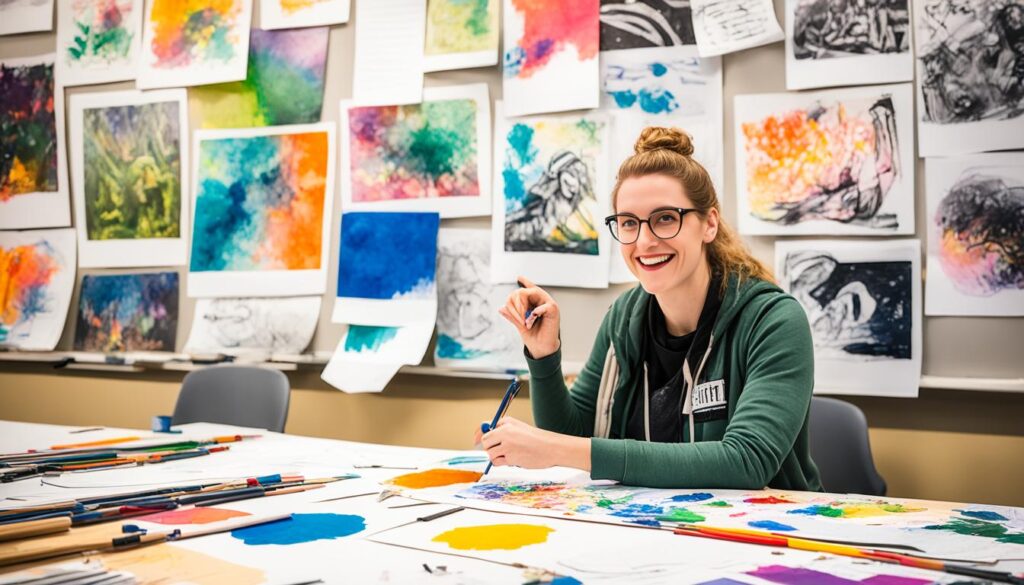
Establishing a solid support system can transform your educational journey. By actively participating in networking opportunities and seeking mentorship, you create an environment that promotes learning, collaboration, and success in the realm of art appreciation.
Consistent Review and Revision Techniques
Mastering art appreciation requires dedicated effort and persistence. Implementing consistent review techniques plays a crucial role in reinforcing what you have learned. By setting aside time for regular review sessions, you can clarify doubts and enhance your understanding of the material. This method enables art study revisions to be more effective and impactful.
Regular Review Sessions
Your study routine should incorporate dedicated slots for reviewing previous materials. Consider the following strategies to optimize your review sessions:
- Schedule sessions at regular intervals to keep the information fresh.
- Utilize notes taken during lectures or discussions as prompts during review.
- Create summaries of key concepts to streamline your study process.
- Engage with visual aids such as charts or images to reinforce memory.
Testing Your Knowledge
Employing self-assessment methods is vital in assessing your retention of information. Testing your knowledge through various techniques can bolster confidence. Here are some effective methods:
- Quizzes: Create or access quizzes that cover important topics.
- Flashcards: Employ flashcards to drill key concepts and terminology.
- Group discussions: Collaborate with peers and share insights to deepen understanding.
- Practice tests: Simulate exam conditions to enhance readiness.
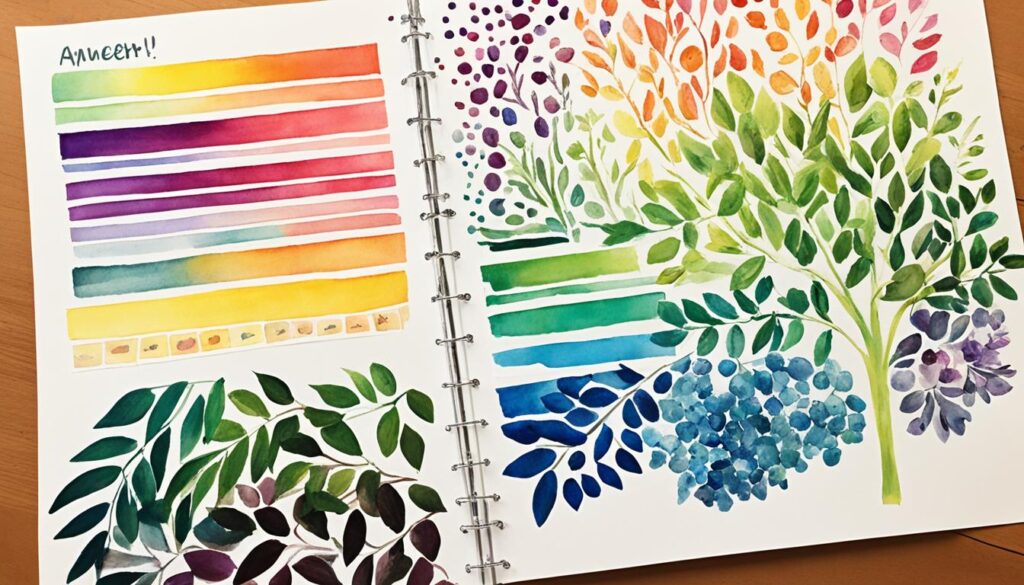
Incorporating these review techniques and self-assessment methods will aid in mastering the concepts essential to art appreciation, ensuring a more enjoyable and productive learning experience.
Goal Setting and Progress Tracking
Establishing effective strategies for goal setting in art studies becomes crucial for both educators and students. By utilizing the SMART criteria, you can create actionable objectives tailored to your artistic journey. Structuring your goals not only clarifies your aspirations but also helps you track progress in art appreciation. This clarity contributes to motivation and fosters a sense of accomplishment throughout your studies.
Utilizing SMART Goals
SMART goals offer a framework that specifies what you want to achieve in your art studies. By ensuring your goals are Specific, Measurable, Achievable, Relevant, and Time-bound, you create a roadmap for your success. Consider the following approaches:
- Specific: Define your objectives clearly, such as “I want to improve my painting skills by focusing on color blending.”
- Measurable: Set indicators to track your progress in art appreciation, like “I will learn and analyze five new artists this month.”
- Achievable: Ensure goals are realistic based on your resources and timelines.
- Relevant: Align your objectives with broader artistic aspirations.
- Time-bound: Create deadlines, such as “I will complete this art project by the end of the semester.”
Milestones and Rewards
Celebrating milestones fosters motivation. Identify key moments along your journey and acknowledge your progress in reaching these goals. Each achieved milestone serves as a stepping stone to larger objectives. With consistent effort, small daily improvements can significantly enhance your overall skills and appreciation for art.
| Milestone | Description | Reward |
|---|---|---|
| Complete a Painting | Finish a piece demonstrating new techniques | Share on social media |
| Attend an Art Exhibition | Visit a gallery to broaden appreciation | Purchase a book on art |
| Join an Art Class | Engage in lessons with peers | Enjoy a night out with friends |
By embracing these strategies for goal setting in art studies, you can effectively track progress in art appreciation. Establishing SMART goals for students allows for a structured approach toward your artistic aspirations, ultimately leading to enhanced skills and a deeper understanding of the art world.

Conclusion
As you wrap up your journey into art appreciation, it’s essential to reflect on the effective study tips you’ve discovered. A conclusion on art appreciation emphasizes that understanding art goes beyond surface-level enjoyment; it opens the door to transformative experiences that can enrich your perspective on history, culture, and creativity. By immersing yourself in diverse art forms, attending local exhibitions, and engaging with community projects, you cultivate a broader and deeper appreciation for the artistic expressions around you. Mastering art appreciation also involves honing your critical thinking skills and developing the ability to analyze and interpret artworks. This includes understanding the historical and cultural context in which the art was created, as well as recognizing the techniques and influences that shaped the artist’s work. By applying these study tips and continuing to actively engage with art, you can continue to deepen your understanding and enjoyment of the rich and diverse world of artistic expression.
This summary of study tips illustrates how fundamental techniques like visual analysis and contextual understanding can unlock the myriad layers of meaning found within artworks. Making art appreciation a regular part of your life—whether through frequent museum visits or embracing different cultural experiences—can greatly enhance your reflections on art learning. The integration of these practices not only supports academic endeavors but also fosters a lifelong appreciation for the myriad forms of art that mirror our society.
As you explore further into the world of art, remember that the enriching nature of art appreciation lies in its ability to connect individuals, evoke emotions, and provide insights into human experiences across time. Embrace the journey ahead and continue to apply what you’ve learned to immerse yourself in the vibrant tapestry of art and its profound impact on our lives.

